Return
To Page One
Sucking Insects
Page Two
Mealy Bug
MEALY BUG,
Common name for any scale insect in the family Pseudococcidae, suborder
Homoptera, found in moist, warm climates. Mealy bugs are so called because
the adults secrete a white, powdery wax that cealstheir bodies. They are
common pests of greenhouses and house plants and of subtropical trees.
The wingless females feed on plant juices; the winged males are short-lived
and do not feed.
.
Mealy Bug
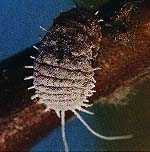 Size: X 50.0
.
Mealy Bug Attacking
Hibiscus Growing Tip
Size: X 50.0
.
Mealy Bug Attacking
Hibiscus Growing Tip
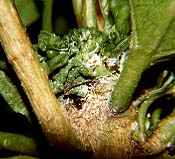 Size: X 15.0
Note: When the
Mealy Bug feeds on the new growth of Hibiscus these parts remain stunted
similar to the reaction by the application of a growth retardant
& the tissue remains lush green longer.
Size: X 15.0
Note: When the
Mealy Bug feeds on the new growth of Hibiscus these parts remain stunted
similar to the reaction by the application of a growth retardant
& the tissue remains lush green longer.
This could be an advantage for the Mealy Bug,
being able to feed on the tender plant tissue for periods longer than would
be for normal vegetative growth for Hibiscus.
Mealy Bug Being
Parasitized By
Lady Bird Larvae
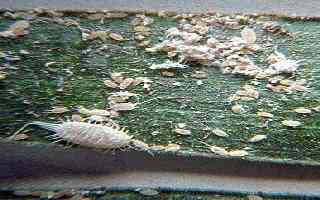 Size: X 30.0
Note: Lady Bird
larvae is the larger insect bottom left.
Size: X 30.0
Note: Lady Bird
larvae is the larger insect bottom left.
Scale
SCALE INSECT,
common name for any of about 2000 insect species, found worldwide,
that belong to several families of the suborder Homoptera (q.v.) , order
Hemiptera ( see Bug ), and that attach themselves in great numbers to plant
and tree surfaces, creating a scale like appearance. The adult females
attach themselves by their mouth-parts, especially to bark-covered stems,
and secrete a waxy, powdery, or calcareous substance that camouflages them
and seals them off from predators. Scale insects range from the size of
a pinhead to more than 2.5 cm (more than 1 in). They are among the most
destructive insects, especially injurious to fruit trees, the limbs of
which they stunt or kill by draining the sap.
In their nymphal stage, both male and female live by sucking plant
juices. Only the male undergoes complete metamorphosis; it loses its sucking
and piercing mouth-parts and develops antennae, legs, and a single pair
of wings, becoming a non feeding, motile adult. The female undergoes degeneration;
it retains its mouth-parts but develops no wings or eyes and keeps only
rudimentary antennae and legs, becoming a nearly immobile, shell-like organism
with little resemblance to ordinary insects. The females, which often encrust
tree stems in large numbers, lay huge quantities of eggs, which they protect
under their waxy coverings.
Among the best-known American scale insects are the cottony-cushion,
or fluted, scale, Icerya purchasi , so called because of the grooved, fluffy,
white eggs it lays; and the San Jose scale, Quadraspidiotus perniciosus,
so called because it was introduced into the U.S. at San Jose, Calif. The
cottony-cushion scale was introduced from Australia in 1868 and caused
great damage to California citrus groves until a ladybird beetle (q.v.)
, Rodolia cardinalis , was introduced to hold it in check. The San Jose
scale is a round insect that destroys apple, pear, and other fruit trees;
it secretes a hard, gray coating that is extremely resistant to sprays.
The scales most commonly encountered by the home gardener are the soft
scales of the genus Lecanium . The common soft, or flat, scale, L. hesperidum
, parasitizes many house, garden, and greenhouse plants; the hemispherical
scale, L. hemisphericum , is a common greenhouse pest. Mealy
bugs of the family Pseudococcidae often blanket the stems of garden
plants in a manner similar to that of aphids and are characterized by their
secretions of white, mold like wax.
Before the production of synthetic resins and waxes, the secretion
of the scale insect Laccifer lacca was gathered in the Orient as
an important ingredient for shellacs, varnishes, polishes, sealing wax,
and many other water-resistant and weather-resistant products. The bright
red scale insect, Dactylopius coccus , was once a principal source of dyestuff.
Brown Scale On Stem
 Size: X 5.0
Brown Scale On Leaf Mid Rib
Size: X 5.0
Brown Scale On Leaf Mid Rib
 Size: X 1.0
White Wax Scale
Size: X 1.0
White Wax Scale
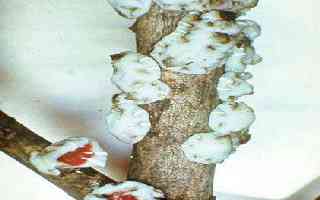 Size: X 10.0
White Rose Scale
Or Snow Scale
Size: X 10.0
White Rose Scale
Or Snow Scale
 Size: X 10.0
.
Eggs Of Scale
Size: X 10.0
.
Eggs Of Scale
 Size: X 150
Life Cycle Of Common Scale
Size: X 150
Life Cycle Of Common Scale

White Fly
Glass house White fly

.......Size:
X 15.0
White fly occur in large numbers beneath the leaves of Hibiscus.
They suck the sap & produce honeydew which causes the presence
of Sooty Mould.
These pests are attracted to lighter colours such as white & yellow
& sticky traps of yellow are effectively used to combat whitely.
When disturbed they will take flight in numbers for short distances
& will move to the underside of the foliage.
Giant White fly Eggs
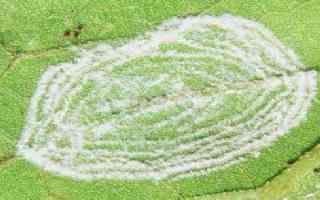 Size: X 10.0
Giant White fly Eggs
Size: X 10.0
Giant White fly Eggs
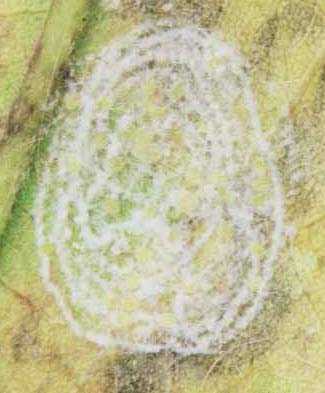 Size: X 20.0
Giant White fly Nymphs
Size: X 20.0
Giant White fly Nymphs
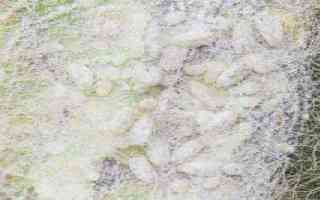 Size: X 25.0
Giant White fly Adult Forming Beard
Size: X 25.0
Giant White fly Adult Forming Beard
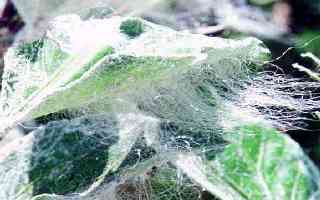 Size: X 1.0
Glass house White fly
Nymphs
Size: X 1.0
Glass house White fly
Nymphs
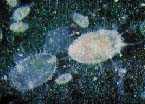 Size: X 30.0
.
Two Species Of White fly
Size: X 30.0
.
Two Species Of White fly
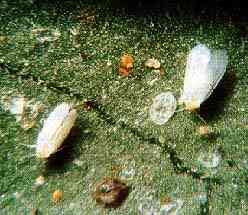 Size: X 15.0
White fly On Hibiscus Leaf
Size: X 15.0
White fly On Hibiscus Leaf
 Size: X 1.0
Size: X 1.0
Return To Page One
.


















